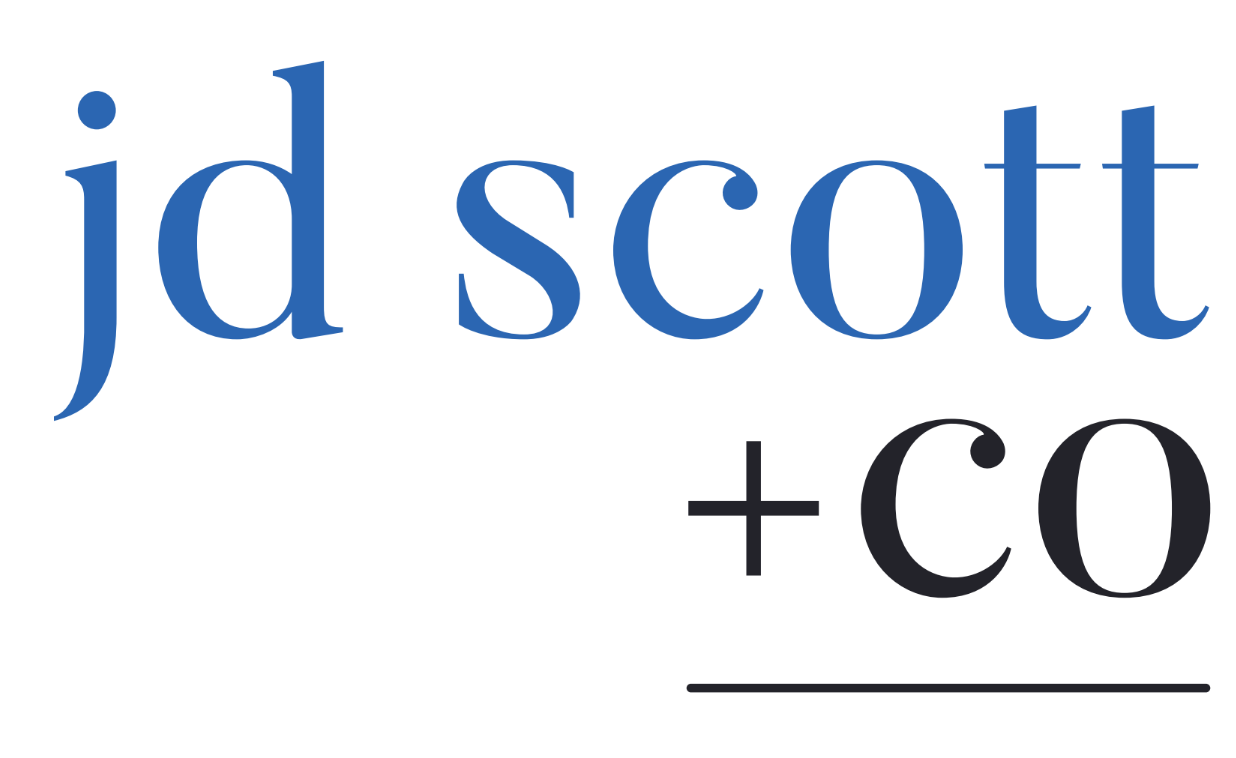The secret to sustainable growth in business isn’t just about acquiring more clients—it’s about knowing which clients are worth your time. Regularly tracking client profitability is a habit that can transform your decision-making and maximise your returns. Here’s why it matters and how to start in 2025.
Why Tracking Client Profitability Matters
Tracking client profitability consistently allows you to make informed decisions that directly affect your bottom line. Without it, inefficiencies can slip through the cracks, leading to wasted time and resources.
- Are you spending too much time on low-revenue clients?
- Are there hidden costs eating into your profits?
By using our Client Value Calculator, you can uncover these insights and make smarter, data-driven choices to help your business thrive.
Building the Habit – The Hard Part
Incorporating profitability tracking into your routine doesn’t have to be overwhelming. Here’s how to build the habit and make it part of your ongoing process:
- Schedule a Review: Make tracking a consistent practice by setting a recurring time to review client profitability—perhaps the first Monday of every month or another convenient time. By blocking out time on your calendar, it becomes a priority rather than something you’ll “get to later.”
- Automate Where Possible: Use tools like CRM systems, dashboards, or timesheets to log client interactions and time spent. The more you can automate, the easier it will be to gather the necessary data to measure profitability without spending unnecessary time on manual tracking.
- Involve Your Team: Engage your team in the process to ensure accurate and timely data collection. When everyone understands the importance of tracking profitability, they’ll be more likely to record service provided and time spent, making your job easier. Empower your team to contribute to the insights you need to make smarter business decisions.
Benefits of Regular Tracking
When you track profitability regularly, the benefits will become apparent over time:
- Spot Trends Early: Regular tracking allows you to identify clients who are becoming less profitable. You can then ask questions like: What’s changed? Are we spending too much time on this client? What can we do to improve?
- Make Data-Driven Decisions: Knowing the numbers gives you the power to decide when to upsell, renegotiate terms, or part ways with a client.
- Focus on High-Value Clients: By regularly measuring profitability, you can shift your attention to clients who contribute the most to your bottom line. Prioritising these clients ensures they remain happy and loyal, helping your business grow sustainably.
What’s Your Limiting Factor?
Each industry has its own set of profitability drivers. Understanding these will help you measure profitability more accurately and ensure you’re tracking the right metrics for your business. Here are some examples of different industries and their limitations:
Professional Services (e.g., Accountants, Lawyers, Financial Services)
Limited by Time: In professional services, profitability often comes down to how many billable hours you can generate. Tracking the time spent on each client and ensuring you’re charging appropriately for that time is crucial. Look at metrics like billable hours per month, client retention rates, and average hourly rates.
Retail
Limited by Shop Space: Retail businesses are limited by the amount of physical space available for inventory and customer flow. Profitability often hinges on product turnover and the efficient use of this space. Metrics to track include sales per square foot, average transaction value, and inventory turnover rates.
Trades and Construction
Limited by Time and Materials: For trades businesses, such as plumbing, electrical work, and construction, profitability is a mix of the time spent on-site and the materials used. Tracking materials costs alongside time worked is critical to ensure you’re pricing projects correctly. Metrics include cost per job, time spent per project, and materials markup.
Software as a Service (SaaS)
Limited by Subscription/Scalability: SaaS businesses face a unique challenge of scaling with low marginal costs after initial development. The profitability driver here is often customer acquisition cost (CAC) versus customer lifetime value (CLV). Metrics like churn rate, average revenue per user (ARPU), and customer retention rate are key.
Hospitality and Food Services
Limited by Capacity and Service Efficiency: In hospitality, profitability often depends on maximising service delivery and customer volume, along with managing the cost of food, beverages, and staffing. Tracking metrics such as cost of goods sold (COGS), average spend per customer, and table turnover rates are essential.
E-commerce
Limited by Website Traffic and Fulfillment Costs: E-commerce businesses depend heavily on customer acquisition costs, conversion rates, and fulfillment efficiency. Key profitability drivers include cost per acquisition (CPA), conversion rate, and shipping/logistics costs.
How to Measure Client Profitability
Now that you understand the industry-specific drivers, here’s how to measure client profitability effectively:
- Track the Data You Have: Review the data already available to you. What’s being tracked in your CRM, accounting software, or internal dashboards? Gather data on time spent, resources used, and overhead costs. This data, when combined with your Profit & Loss (P&L) statement, will give you a clear view of client profitability.
- Apply Overheads Properly: Be sure to allocate your overheads correctly. This means ensuring that indirect costs (e.g., rent, utilities, admin time) are factored into the calculation for each client. If you’re running a service-based business, ensure that your overheads are applied to each billable hour or project to get a true picture of profitability.
- Identify Your Limiting Factors: Understanding what limits your business is essential. Whether it’s time, space, or materials, identifying and addressing these constraints will help you track and maximise profitability. For instance, if you’re in retail and space is limited, focus on improving your sales per square foot and increasing stock turnover. If you’re in the service industry, ensure you’re maximising your team’s billable hours.
By tracking client profitability regularly and measuring the right metrics, you’ll have a competitive edge in managing your business for sustainable growth. Using tools like the Client Value Calculator will help you stay on top of your numbers, allowing you to focus on high-value clients and grow your business strategically.
Make profitability tracking a habit today and position yourself for a successful and profitable 2025.












